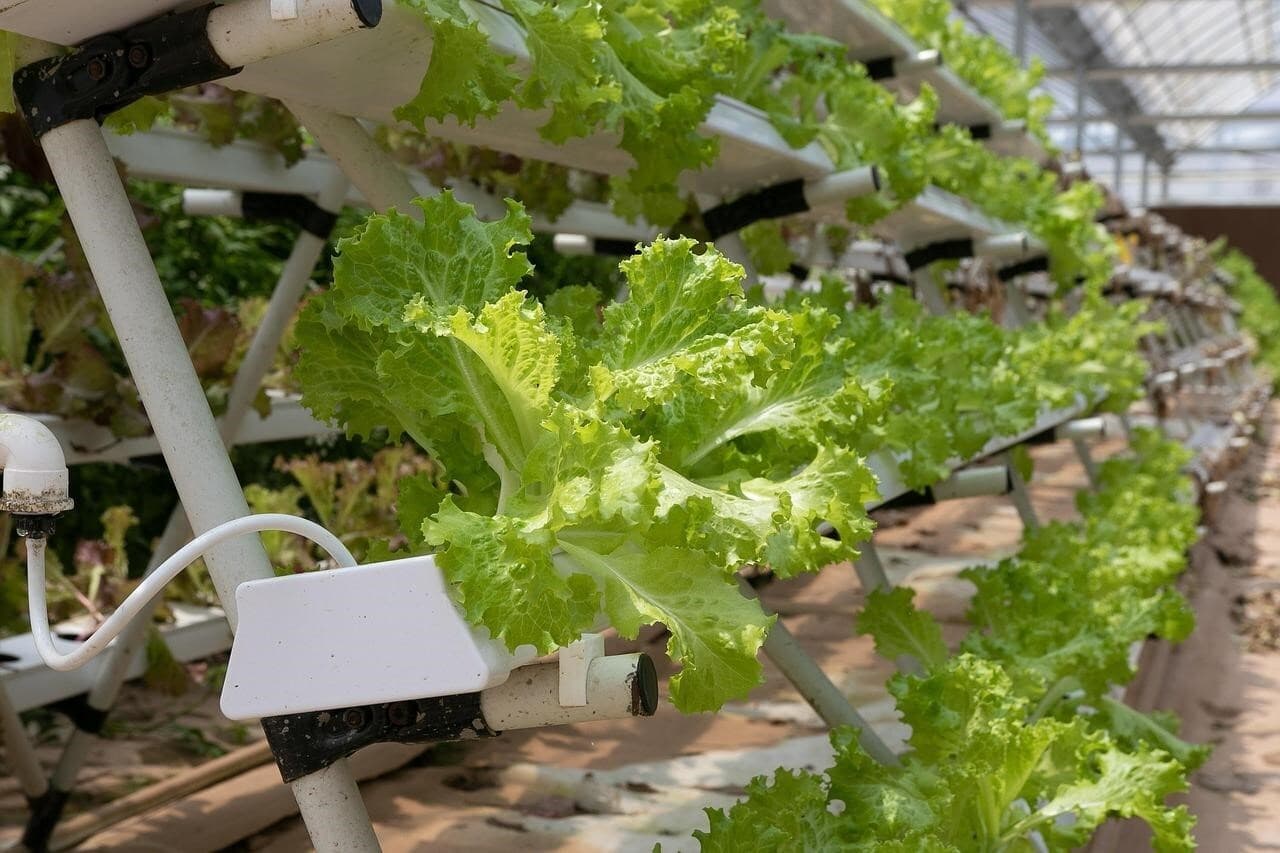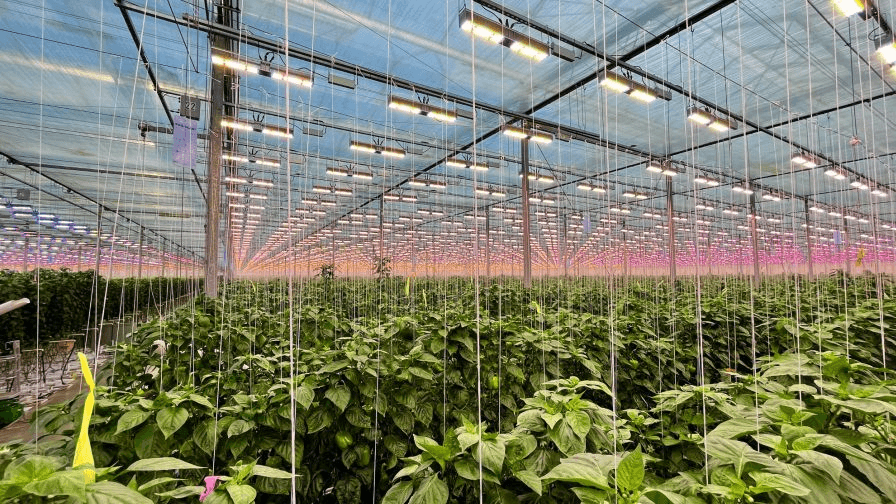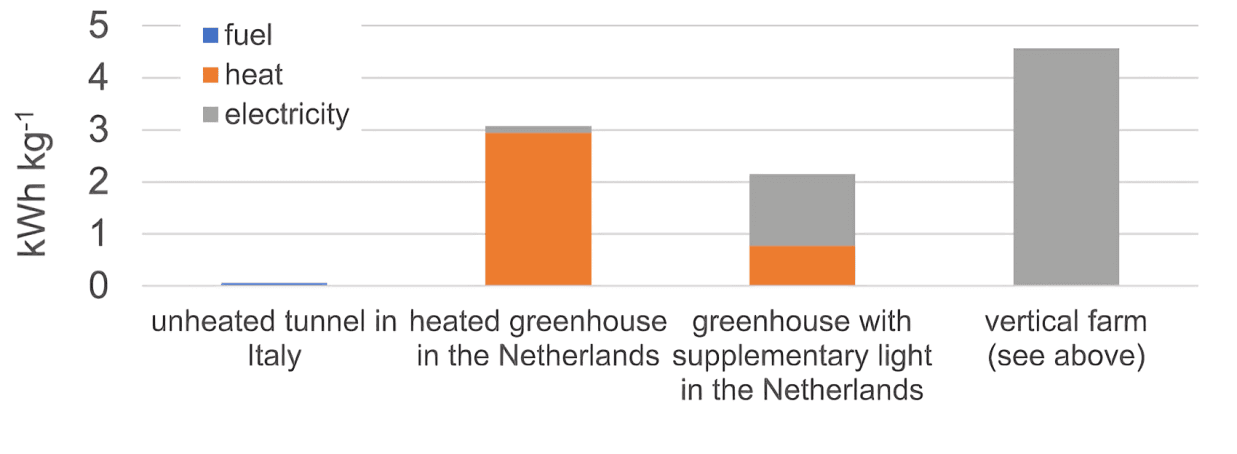
GLOBAL AGROVET
RESEARCH CONFERENCE - 2K26
POWERED BY ARCC JOURNALS

POWERED BY ARCC JOURNALS



27 June 2025
Farming Without Fields: The World Of High-Tech Agriculture

27 June 2025
High-tech agriculture has emerged as a powerful alternative to traditional methods, using technology to produce food indoors with greater precision and sustainability. As the global population grows and arable land shrinks, innovative farming systems offer new ways to meet rising food demand. Controlled environment agriculture (CEA), including vertical farms and smart greenhouses, is steering this transformation.
Modern Farming Methods
Today’s high-tech agriculture is shaped by two primary controlled environment systems: greenhouses and vertical farms. Both rely on soilless growing methods such as hydroponics and aeroponics to boost efficiency, productivity, and sustainability.
Hydroponics
Plants are grown in water enriched with essential nutrients. By eliminating soil, roots absorb everything directly from the solution. This method uses up to 90% less water than conventional agriculture and allows precise nutrient control, leading to faster, more reliable growth.
Aeroponics
In this method, plant roots are suspended in air and misted with a nutrient-rich solution. The high oxygen exposure promotes rapid growth and increased yields. Aeroponics typically consumes even less water than hydroponics and reduces the risk of soilborne diseases.
Controlled Environment Systems
Indoor farms rely on highly controlled environments to create optimal growing conditions. Farmers adjust factors like water delivery, humidity, temperature, and air circulation to support plant health and productivity. One critical component is lighting. For instance, energy-efficient LED grow lights for commercial growers mimic natural sunlight, providing the specific light spectrum needed at each stage of plant growth. These lights enable crops to flourish indoors and allow continuous production cycles throughout the year. The result is a consistent and reliable food supply not controlled by outdoor limitations.

Challenges to Adoption
Despite its promise, high-tech agriculture faces several challenges.
High Energy Costs: Operating indoor farms requires continuous LED lighting, HVAC systems, and automated equipment. These systems consume significant energy, making electricity one of the largest operational expenses. In regions where energy is costly or carbon-intensive, this can undermine the environmental benefits of high-tech farming.

Limited Crop Variety: Not all crops are suitable for indoor farming. Leafy greens, herbs, and some berries thrive in controlled environments, but growing grains, root vegetables, and large fruit crops can be inefficient and more expensive indoors. Expanding the crop range will require new techniques and further technological advances.
Need for Continued Innovation: High-tech agriculture is still evolving. As such, upfront costs for infrastructure and equipment can be prohibitive for smaller producers. In addition, developing more efficient energy solutions and improving system scalability remain ongoing priorities. Without continued innovation, widespread adoption of these systems will remain limited.
Conclusion
High-tech agriculture represents an exciting path toward a more sustainable and resilient food system. It helps address pressing challenges related to food security and resource conservation by enabling controlled, efficient, and pesticide-free production in urban spaces. While technical and economic hurdles remain, innovation in this field continues to advance rapidly. As new solutions emerge, farming without fields will likely play an increasingly important role in feeding the world’s growing population.

Become a Delegate
Attend GARCX 2026 as a delegate to gain expert insights, connect with global professionals, and explore cutting-edge solutions in agriculture and animal health.

Become a Speaker
Join global thought leaders at GARCX 2026 to share your research and insights. Present your work on integrated agriculture and animal health before an international audience.

Become a Sponsor
Showcase your brand as a pioneer in One Health innovation. Sponsoring GARCX offers high-visibility branding and strategic exposure to industry leaders and researchers.

Publish with Us
Submit your scientific work to be featured in esteemed ARCC Journals. Gain credibility and reach in the global agricultural and veterinary research community.

Become an Exhibitor
Display your solutions, products, or innovations in agriculture and animal health at the GARCX Expo. Network with stakeholders and boost your industry presence.

